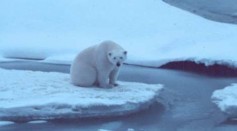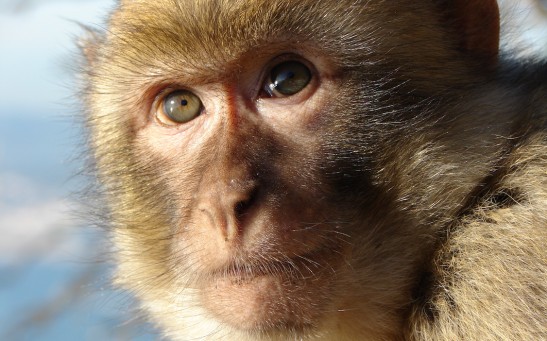science
Attenborough, and the Evolution of Life, Continue to Intrigue
Fierce Aftershock Compounds Recovery Efforts in Nepal
‘Brainy’ Robots May Revolutionize Underwater Exploration
For the Mom Who has Everything, How About a Martian Crater?
Spiders Sprayed with Graphene Weave Futuristic Webs
How to Avoid Chocolaty Fat Blooms? X-rays Reveal the Answers
Is Virtual Reality Finally Getting Real?
With Inspiration from Tesla New iPhone Cases Pull Energy Out of Thin Air
New Guidelines Show Promise in Early Detection of Ovarian Cancer
Poultry Pathogens Sweep the Midwest
Can Fructose Make You Eat More? A Sugary Debate
No Fuel? No Problem. New Technology May Make Interplanetary Travel On Electromagnetic Propulsion

AS GLOBAL TEMPERATURES RISE, SPECIES MAY PLUMMET
Protestors On Mauna Kea Aren't Alone—Cyberterrorists Attack TMT Site on Sunday
Most Popular

AI Revolution in Medical Education: Transforming How Healthcare Professionals Learn

China’s Tiangong Space Station to Expand Its Capabilities With New Modules

Exploring Life Beyond Earth: Study Claims Other Planets Could Be Suitable for Alien Life

Out of Office, Not Out of Mind: Planning for Employee Holiday Absences






